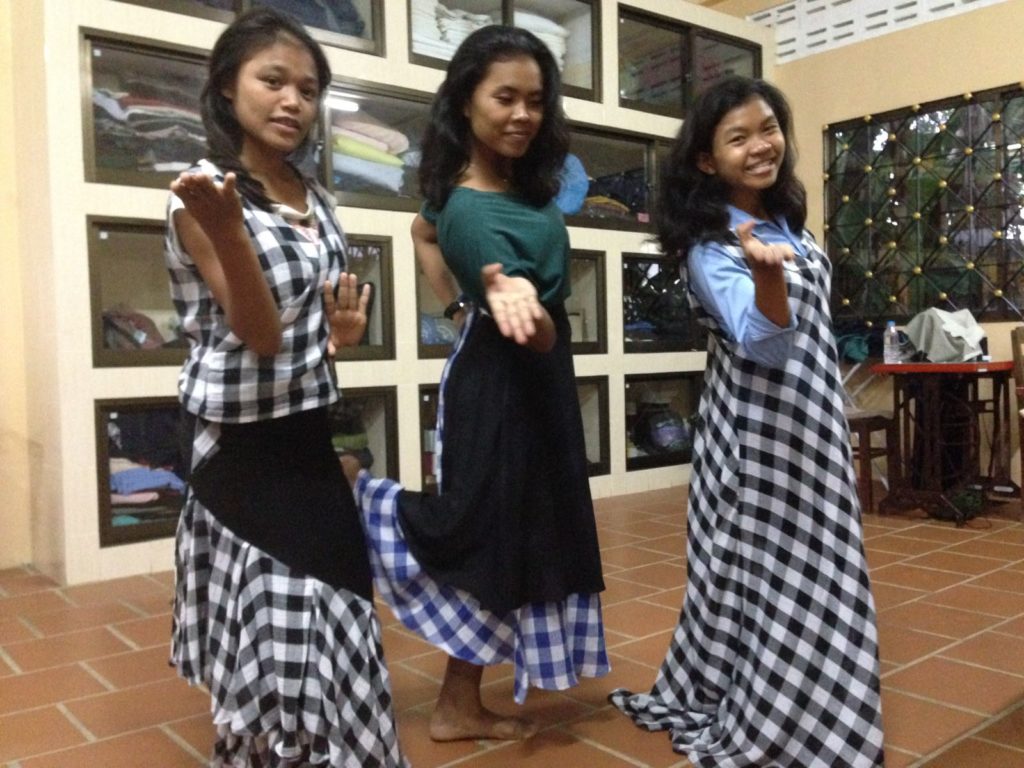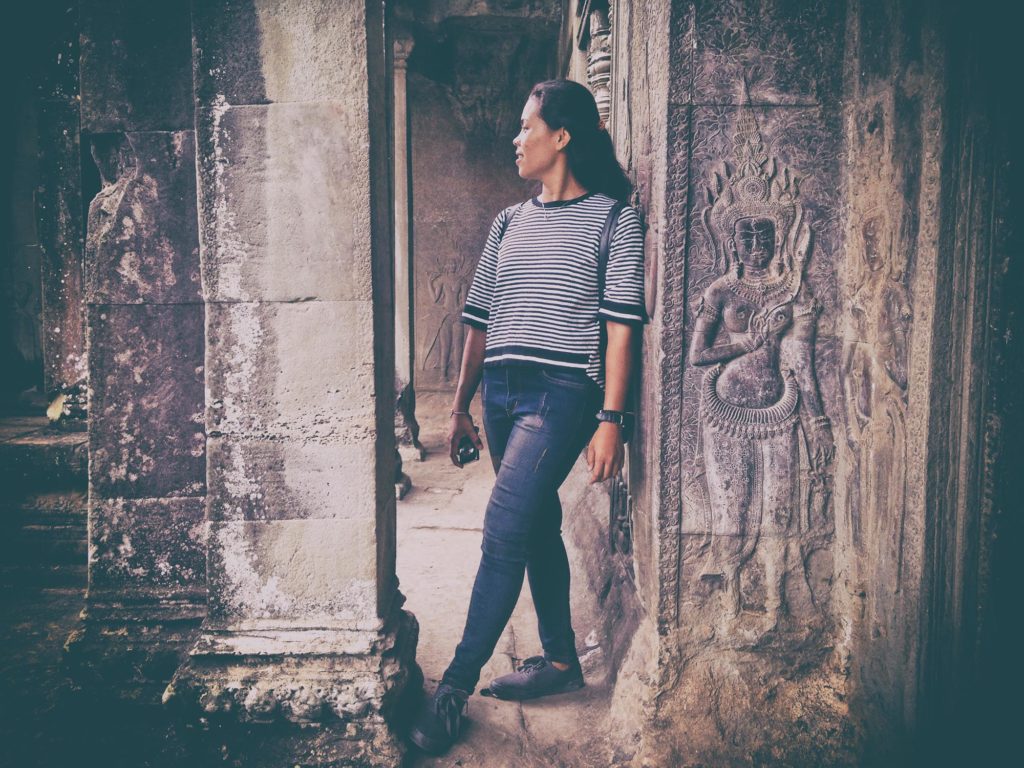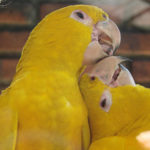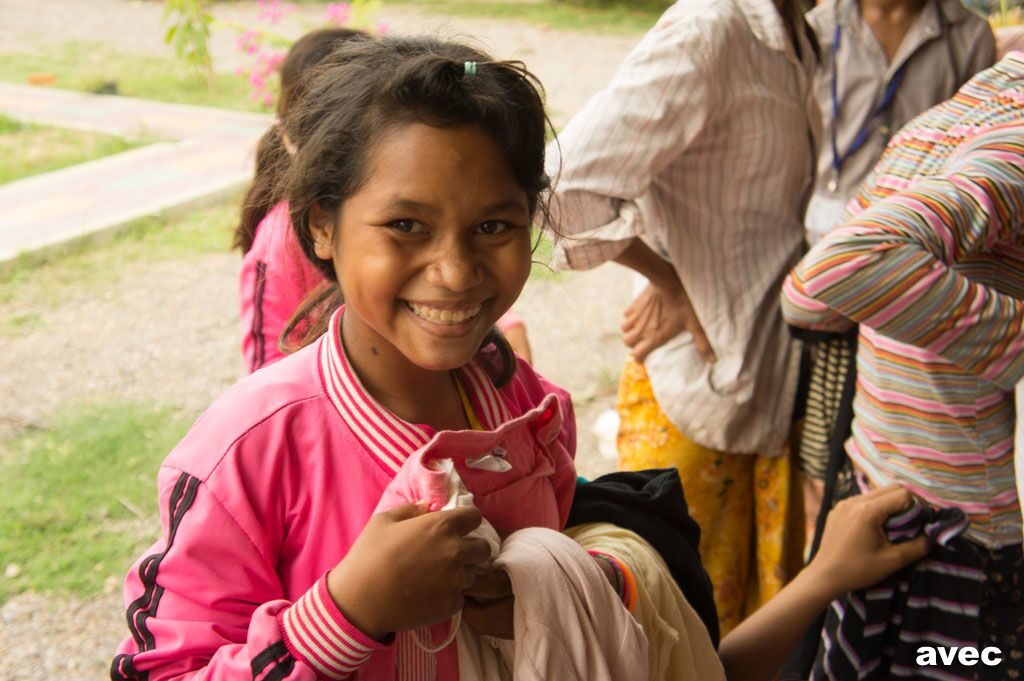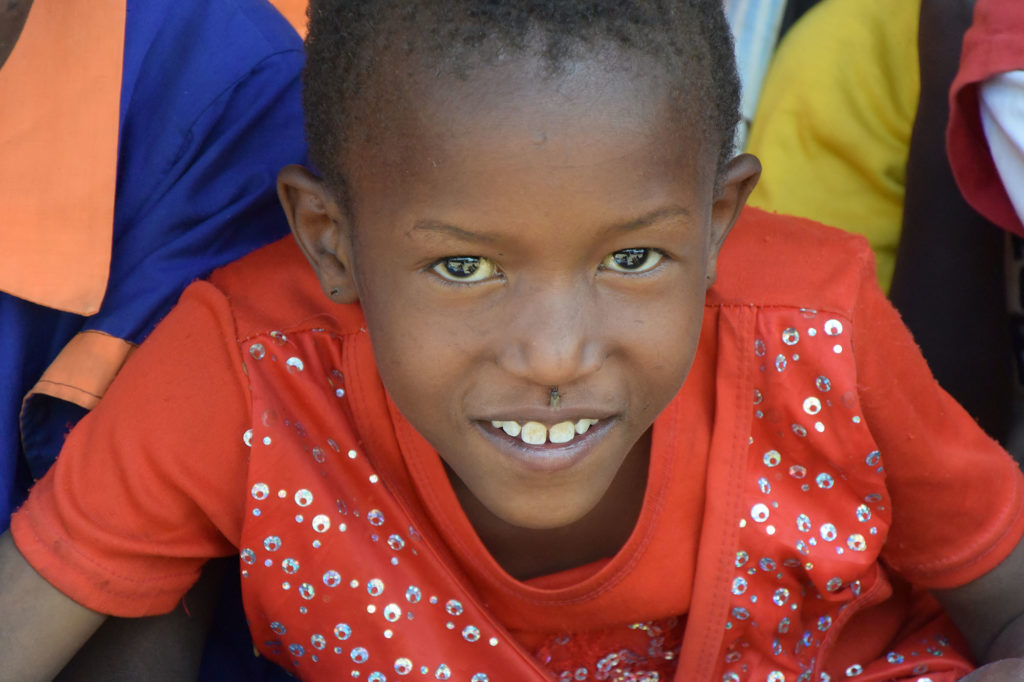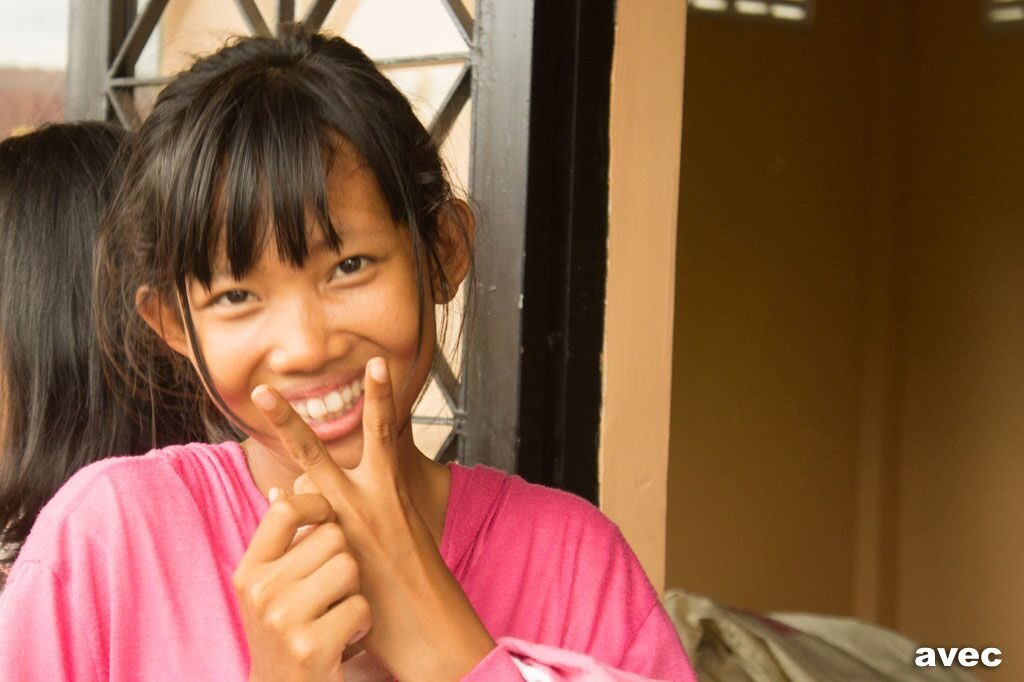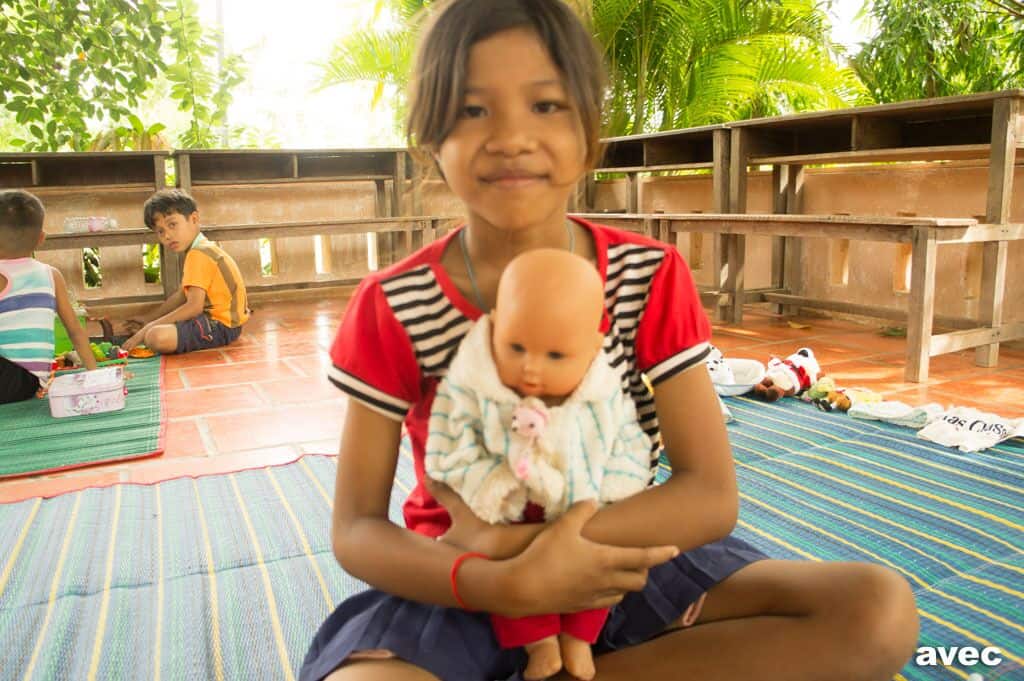Today is International Kissing Day. Officially, this commemorative day was introduced in 1990 – but the fact is, people have been kissing long before. Wikipedia lists 10 different types of kisses and one is to kiss approx. 100,000 times during the course of one’s life.
Why?
Scientists have not conclusively explained how human kissing originated, but they have come up with a few theories, ranging from feeding rites to sniffing out a quality mate. A big question is whether kissing is learned or instinctual. Mothers for instance, may have chewed food and passed it from their mouths into those of their toothless infants. Even after babies cut their teeth, mothers would continue to press their lips against their toddlers’ cheeks to comfort them.
Health benefits of kissing
Kissing has been shown to boost your immune system and reduce allergic responses in people with skin or nasal allergies. Even so, it might also reduce blood pressure, relieve headache pain, increase feelings of well-being and self-esteem, and strengthen your relationship. People who kissed more often reported significant decreases in their levels of stress and greater relationship satisfaction.
Kissing could be quite a recent invention
According to a new study of kissing preferences, which looked at 164 cultures from around the world, only 46% of cultures kiss in the romantic sense. Previous estimates had put the figure at 90%. The new study excluded parents kissing their children, and focused on romantic lip-on-lip action between couples. Many hunter-gatherer groups showed no evidence of kissing or desire to so. If modern hunter-gatherer groups do not practice romantic kissing, it is possible that our ancestors did not do so either.
The results of this study suggest that romantic kissing is not universal – even though people in the Western world are prone to believe that. It appears that this kind of social behaviour is more likely in socially more complex societies. Scientists also believe that kissing has become more widespread with increased oral hygiene.
Other countries, other kisses
Considered a private activity, kissing in public is not welcome in most Asian countries like India and China. In China, a kiss automatically leads to sex and thus Chinese may only kiss once they are engaged. Kissing in public is not accepted in Cambodia either.
Public kissing between men and women is prohibited in Egypt, Qatar, Indonesia, Thailand and in Dubai. At the University of Zimbabwe, students can be expelled for public displays of affection.
Some US states have unique kissing customs. For instance, kissing one’s wife on a Sunday is considered illegal in Hartford, Connecticut. For a man with a moustache to « habitually kiss human beings » is considered illegal in Indiana. In Cedar Rapids, Iowa, it is a crime to kiss a stranger.
Called the «Eskimo kiss», people in the Arctic region show affection by pressing their nose against the nose, cheek or forehead of the other person. This tradition is also widely practised in Mongolia, Vietnam, Cambodia, Polynesian Islands, and the Maori tribe of New Zealand.
Even in Europe, kissing is not allowed everywhere. In France for instance, you must not kiss on railroad crossings – for the safety of everybody. In 2009, couples werebanned from kissing at Warrington Bank Quay Station because it holds up commuters.
Kissing world records
• The longest time to kiss in a car is 76 hours and was achieved by Ernesta Hernandez Ambrosio and Jesus Juarez Vite (both Mexico) at La Feria de San Francisco in Pachuca, Hidalgo, Mexico from 10 – 14 October 2013.
• On 12-14 February 2013, a Thai couple, husband and wife team Ekkachai and Laksana Tiranarat, locked lips and began their quest to break the longest kiss record. After 58 hours and 35 minutes and 58 seconds, they claimed a new record for the longest kiss.
• The longest underwater kiss in apnea lasted 3 min 24 sec 34 frames and was achieved by Michele Fucarino and Elisa Lazzarini (both Italian) on the set of Lo Show dei Record in Rome, Italy, on 18 March 2010.
• The most peope kissing simultaneously is 39,879 in a kissing event organized by Gobierno del Distrito Federal, at the Zocalo, in Mexico DF, Mexico on 14 February 2009. At the moment of the last call for the record, there were 40,225 people at the square. The final figure is odd because kisses between more than 2 people were allowed.
All these kissing bans and strange kissing activities do not bother our furry friends and so they just smooch away….
All these kissing bans and strange kissing activities do not bother our furry friends and so they just smooch away….

